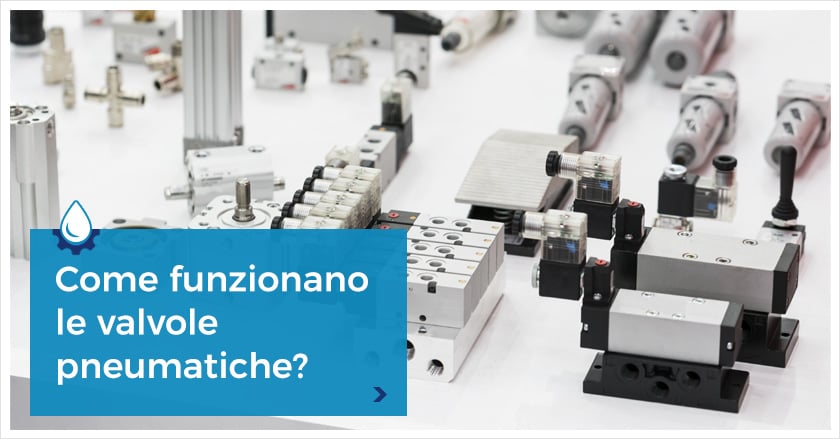
"How do pneumatic valves work?"
Pneumatic valves are devices used for the control of actuators and for the regulation of the flow and pressure of compressed air.
Due to the numerous areas of application and the different stresses to which they are subjected, the correct lubrication of pneumatic valves is very important, especially with regard to sliding friction.
They are divided into two main categories:
- power valves, which act directly on the compressed air supplying the actuating organs;
- control valves, which act on compressed air directed to control the valves, with predominant regulating and non-actuating functions.
The sliding friction between the spool seal and the valve body itself requires a lot of attention. This is why proper lubrication is important.
Seals must play the fundamental role of insulating the pressure chambers, in a dynamic environment unbalanced towards higher operating frequencies and speeds with shorter strokes.
Pneumatic valves: operation and applications
Pneumatic valves can perform numerous different operations, and depending on the power applications we can distinguish:
- directional control valves, which have the purpose of connecting in different ways certain ducts, such as the control of pneumatic cylinders, feeding and emptying the chambers;
- timing valves, to delay and/or to produce signals as a function of time;
- sequence valves, acting on the pressure level;
- and other auxiliary valves.
One aspect is of primary importance for the lubrication of pneumatic valves: operation. They have many similarities with the friction conditions that are created in cylinders, and also with their risks related to structural variations and mechanical properties of the seals in contact with lubricating fluids.
As for the operating dynamics, however, the choice of lubricant best suited to your needs must start from "dynamically light" solutions capable of producing a constant hydrodynamic film and of facilitating sudden changes of direction in the range of design temperatures.
Pneumatic valves: operation and advantages
Although the pneumatic circuits are equipped with an oil lubrication system, the needs of the market impose increasingly high performance and durability targets, which require careful lubrication during the assembly of the devices.
For this reason we suggest you to wrap the pneumatic valves, and the components in general, with a lubricant specially designed to your needs, that can:
- limit the static and dynamic coefficients of friction between seal and valve body;
- facilitate insertion in the housing locations without damaging the sealing profiles;
- withstand removal processes generated by pressure differences;
- contribute to the maintenance of sealing;
- inhibit undesirable phenomena of variation of dynamic properties;
- improve the efficiency of operation by limiting air losses.



